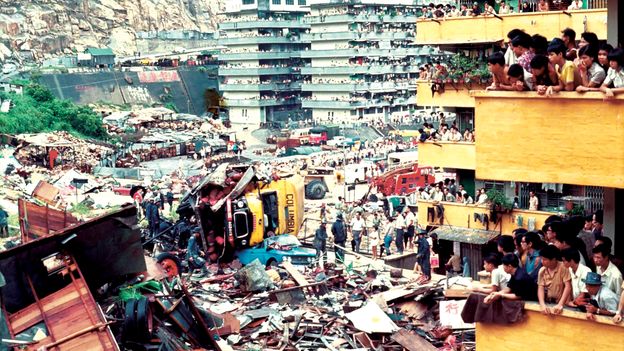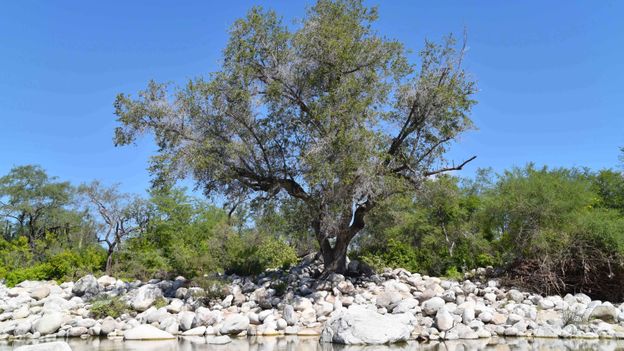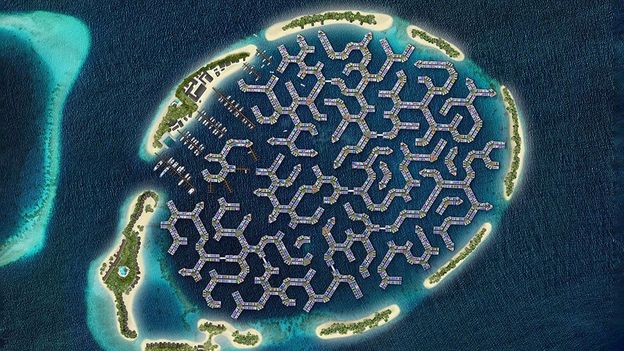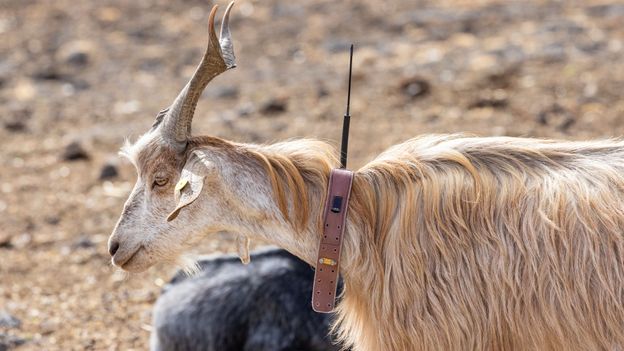Some plants, such as projects in Iceland, capture the carbon and inject it back underground, where it mineralises and becomes harmless. “A project in Iceland, called Carbfix, has been researching this for the last 10 years, and now a large proportion of CO2 from the large Hellisheidi Geothermal Power Station is reinjected deep into the basalt rocks where it forms new minerals which become part of the rocks,” says Newson. (Read more about how Iceland is turning CO2 into stone)
More problematic than the CO2, perhaps, is the reinjection of water deep into the rocks to replenish the steam. The water reinjected “has high concentrations of silica and salts [relative to cold groundwater], and sometimes toxic elements, such as arsenic, lithium, antimony, mercury, sulfur, and many others,” says Newson. In most cases, the water is injected deep enough that it doesn’t interfere with aquifers, but if done wrong it has the potential to pollute sources of drinking water.
And then there is the fact that through fracturing rocks, geothermal engineering can, and regularly does, cause seismic activity. On rare occasions, “you can feel the earthquakes. And people don’t like that,” says Newson. “That generates a lot of distrust and a lot of ‘not in my backyard,’ for which you can’t blame people.”
Although infrequent, sometimes the earthquakes are more serious. In November 2017, a geothermal plant caused a 5.5 magnitude earthquake in Pohang, South Korea that left 1,700 people displaced when water injections fractured a previously unknown fault line. Better monitoring and risk management could help avoid large earthquakes like this in the future.
Digging deep
Because geothermal electricity is only a little more than a century old, unlike fossil fuels, its future will most likely be longer than its past. But there’s much disagreement over what the next frontier should be.
Most existing geothermal plants “require a moderately hot reservoir – hot springs, geysers and other geothermal features,” says Newson. These are in essence the “low-hanging fruit” of geothermal.
“Anywhere you go, if you drill into the Earth deep enough, it’s pretty hot,” says Newson. “So why don’t we drill deep, fracture it, and get the heat out? It’s really tempting. Drilling is fun! But honestly, it’s really hard to make it work. It’s hard to get the rocks to fracture in the right direction.”
For example, one deep drilling initiative in Iceland that goes around 4.6km (2.9 miles) down has met some tough challenges. “There’s some harsh chemistry involved, and the equipment is all getting destroyed,” says Nyaga. The geothermal fluids dissolve gases such as CO2 that come from the underlying magma. And with temperatures surpassing 400C, these fluids also dissolve minerals out of the rocks. This makes the fluids highly corrosive, and they can cause damage to metal drilling equipment, pipes and cement that holds the equipment in place.












